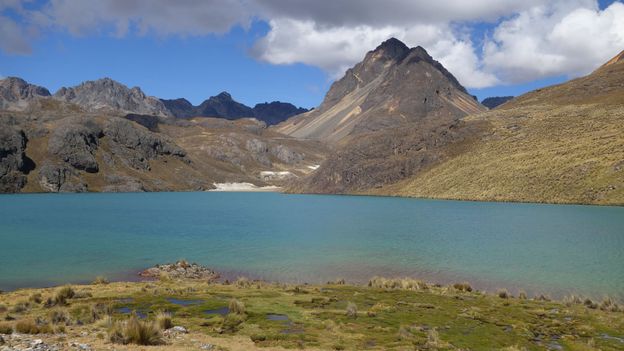Why Peru is reviving a pre-Incan technology for waterPeru is turning to ancient indigenous techniques and natural ecosystems to keep its taps ru...
Published on by Trudi Schifter, CEO and Founder AquaSPE

Peru is turning to ancient indigenous techniques and natural ecosystems to keep its taps running, as climate change threatens to dry out its water supply.
P
Pre-pandemic, in the austral winter, I drove north out of Lima, up into Peru's highlands to the village of Huamantanga (wa-mon-TONG-a). I was traveling with scientists who were studying local farmers' use of a 1,400-year-old technique to extend water availability into the long dry season.
Wending our way through the narrow Chillón River Valley, a slim swath of irrigated green crops hemmed in by sheer walls of tawny rock, we crossed the river and began grinding up a single-lane dirt road clinging to the side of a steep mountain. At about 3,500m (11,500ft), we reached a plateau with fields of avocados, hops, potatoes and beans and, finally, the village, where two-storey buildings of mud bricks and concrete lined narrow dirt streets. Burros, horses, cows, dogs and people puttered around.
The Andes Mountains are one of six places in the world where complex civilisations emerged, spurred by precipitation so seasonal it was a catalyst for hydrological innovations again and again. People cultivated deep knowledge of water and the underground, deploying strategies that still astonish – and which some still use.
Attached link
https://www.bbc.com/future/article/20210510-perus-urgent-search-for-slow-waterTaxonomy
- Resource Management
- Water Resource Management
- Water Resource Management
- resource management